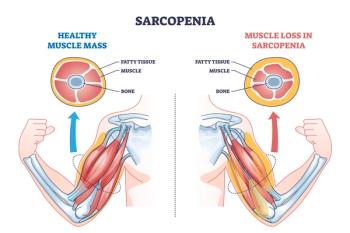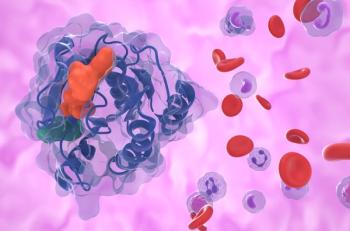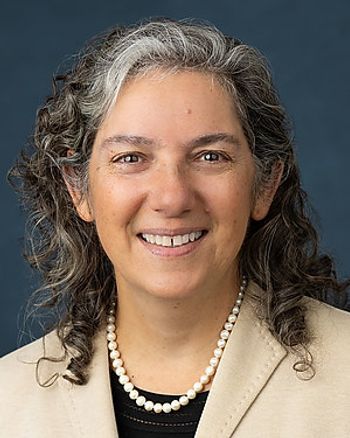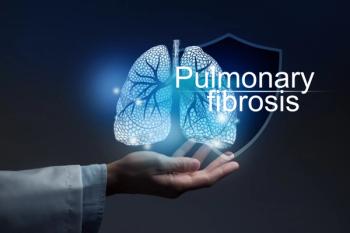
Targeting TREM2 on Lung Immune Cells Offers Promising New Approach to Treat Pulmonary Fibrosis
Lung macrophages, a type of white blood cell vital for immune defense, play a crucial role in conditions such as idiopathic pulmonary fibrosis (IPF). There are two main varieties of these cells in the lungs: tissue-resident macrophages, which are present from birth and help maintain lung health, and monocyte-derived macrophages (Mo-AMs), which are recruited temporarily to the lungs in response to injury or infection.
Recent research has identified Mo-AMs as significant contributors to the development and progression of lung fibrosis. Despite this discovery, the underlying mechanisms that drive their fibrotic activity and enable their survival in the lung environment remain poorly understood, leaving clinicians without effective targeted treatments for the disease.
Researchers at the University of Alabama at Birmingham (UAB), led by Gang Liu, M.D., Ph.D., and Huachun Cui, Ph.D., looked to learn more.
In a study published in Nature Communications earlier this year, the researchers concentrated specifically on the Mo-AM subgroup and uncovered a crucial mechanism by which these cells contribute to lung fibrosis.
The UAB researchers demonstrated that TREM2 — short for triggering receptors expressed on myeloid cells 2 — is primarily found on monocyte-derived alveolar macrophages in mice with bleomycin-induced lung fibrosis. Additionally, they observed that TREM2 levels were notably higher on lung macrophages from patients suffering from idiopathic pulmonary fibrosis.
The findings indicate that TREM2, a receptor highly expressed on Mo-AMs and significantly upregulated in macrophages from IPF patients, plays a central role in driving this disease process, leading to the authors noting TREM2 is a promising target for developing therapies aimed at counteracting the fibrotic activity of this important cell population in lung fibrosis.
“We have found an important mechanism by which these Mo-AM cells promote lung fibrogenesis,” Liu said in a new release issued by the university. “Our data suggest that TREM2, which is highly expressed in Mo-AMs and markedly induced in idiopathic pulmonary fibrosis macrophages, is a key mediator in this pathology and a valuable target for developing strategies to neutralize the pro-fibrotic effect of this pathologically significant group of cells in lung fibrosis.”
What’s more, the researchers demonstrated that a TREM2-blocking antibody eliminated the protective effects of soluble TREM2 on macrophages and reduced lung fibrosis. This indicates that inhibiting TREM2’s interaction with its ligands could be an effective therapeutic approach for treating lung fibrosis in the future.
“We found that Mo-AM TREM2 is a key mediator of the pro-fibrotic activity of these cells in lung fibrosis,” the authors said. “Our findings improve the mechanistic understanding of the crucial role of Mo-AMs in the pathogenesis of this disease.”
They noted in their Nature Communications that a recently published report showed that mice deficient in Mo-AM TREM2 were protected from bleomycin-induced lung fibrosis. “Although the underlying mechanism identified in that study differs from what is demonstrated here, both studies suggest that Mo-AM TREM2 represents a promising therapeutic target for lung fibrosis,” they wrote.
One wrinkle in the MoAM TREM-2 narrative is that monocyte-derived macrophage TREM2 has been shown to play a beneficial role in other contexts of organ fibrosis, particularly in metabolic liver diseases, according to Liu, Cui and their co-authors.
“The apparently divergent roles of monocyte-derived macrophage TREM2, and even monocyte-derived macrophages themselves, in influencing the progression and resolution of tissue fibrosis across different organs underscore the evolving understanding that macrophage phenotype, function, and adaptation are shaped by both their ontogeny and the local environment,” they wrote in Nature Communications.
Newsletter
Get the latest industry news, event updates, and more from Managed healthcare Executive.






















































